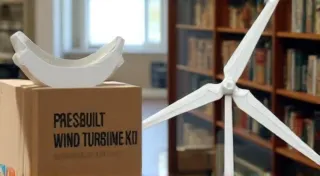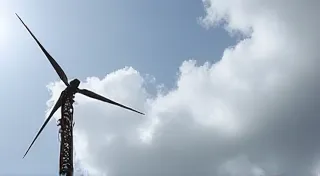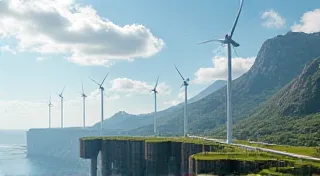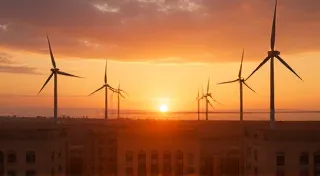Wind Turbine Tower Design: Simple and Sturdy Structures
Building a small-scale wind turbine is a rewarding project, but a poorly designed tower can significantly hinder its performance. A stable and appropriately sized tower is essential for capturing consistent wind and maximizing energy production. This article explores several simple and sturdy DIY wind turbine tower designs suitable for small-scale projects, using readily available materials.
Why Tower Height Matters
The higher you place your wind turbine, the greater the wind speeds it will experience. Wind speeds generally increase with altitude due to reduced friction with the ground. Obstacles like trees and buildings disrupt airflow, so height helps your turbine avoid these turbulence zones. A few extra feet can make a surprisingly big difference in power output. Consider, too, that the performance of your turbine is heavily reliant on efficient blade design, so ensuring it’s positioned correctly is vital. If you’re new to wind turbines, learning more about wind turbine aerodynamics can give you a better understanding of how blade design and tower height work together.
Design Option 1: The Tripod Tower
A tripod tower is a straightforward and relatively easy-to-construct option. Its stability comes from the wide base created by the three legs. It’s particularly well-suited for lighter wind turbines.
Materials:
- Three sturdy poles (treated lumber, metal pipes, or even thick branches – ensure they are strong enough to withstand wind loads)
- Metal brackets or strong connectors (for joining the poles at the top and at the base)
- Concrete (optional, for anchoring the base)
- Fasteners (bolts, screws, etc.)
Construction:
- Cut the poles to the desired height. A height of 10-20 feet is common for small-scale turbines.
- Join the poles at the top using brackets, ensuring a secure and angled connection to support the turbine.
- Securely fasten the base of the poles to each other, creating a wide, stable footprint.
- (Optional) Embed the base of the tripod in concrete for increased stability, especially in windy areas.
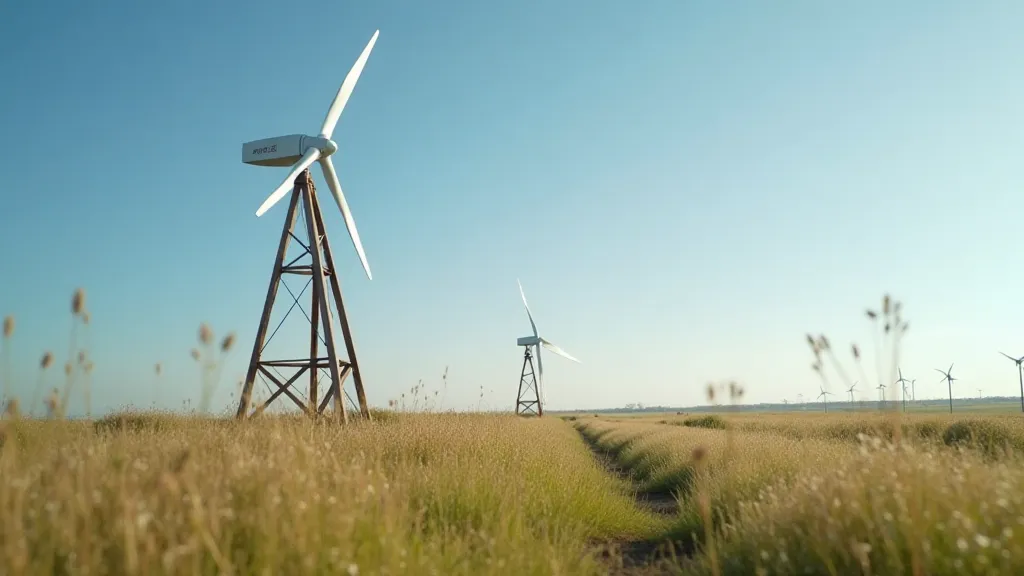
Design Option 2: The Guyed Pole Tower
A guyed pole tower uses a single pole supported by guy wires anchored to the ground. This design is economical and can achieve considerable height. The guy wires significantly improve stability, allowing for a taller structure than a simple freestanding pole. The choice of materials for your turbine itself, and for the tower supporting it, is crucial for long-term reliability. If you're using a DIY turbine, consider the implications of your material choices for maintenance, as outlined in wind turbine maintenance guides. Ignoring this aspect can lead to unnecessary repairs and downtime.
Materials:
- A long, strong pole (metal pipe is recommended for this design)
- Guy wires (strong rope or steel cable)
- Anchors (ground anchors, stakes, or concrete blocks)
- Hardware (turnbuckles, clamps, fasteners)
Construction:
- Securely mount the wind turbine to the top of the pole.
- Attach guy wires to the pole at several points (typically 3-4).
- Anchor the guy wires to the ground using sturdy anchors. Ensure the anchors are deeply embedded and can withstand significant tension.
- Use turnbuckles to adjust the tension in the guy wires, ensuring the tower is straight and stable.
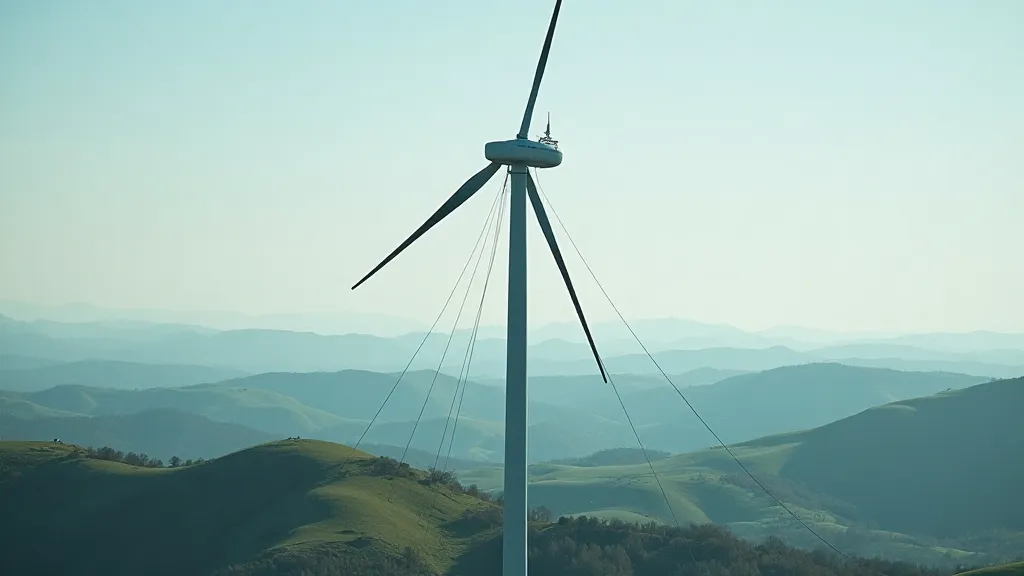
Design Option 3: The Lattice Tower (Simplified)
While full-scale lattice towers are complex, a simplified version can be constructed for smaller turbines. This design provides good strength-to-weight ratio and can be visually appealing. It's moderately more challenging to build than the tripod or guyed pole towers. Building your own wind turbine can be a fantastic learning experience, especially for students. For those interested in incorporating wind power into science projects, it’s a great STEM activity. Read more about small-scale wind turbines for science projects to get started!
Materials:
- Multiple lengths of wood or metal tubing
- Brackets and connectors
- Fasteners
Construction:
- Construct the tower in sections, connecting cross-braces to the main vertical supports.
- Each section is then stacked and bolted/screwed together.
- Carefully ensure the joints are strong and all connections are secure.
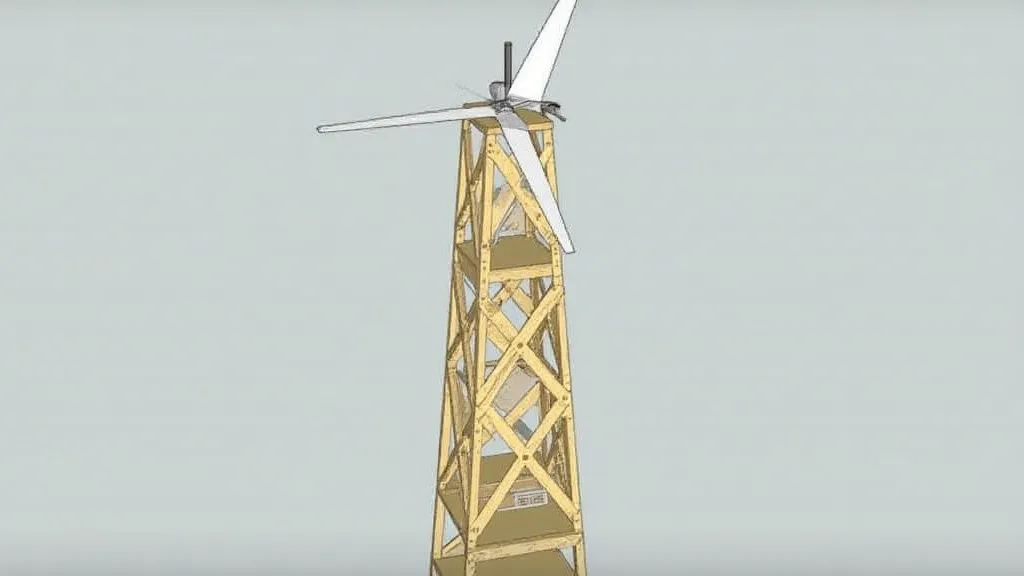
Important Considerations
Beyond the structural design of the tower itself, careful planning and attention to detail are crucial for a safe and efficient wind turbine installation. Consider the environmental impact and ensure you're adhering to best practices throughout the process.
To expand on material choices, let's delve a little deeper. While wood is often a readily available and cost-effective option, it is susceptible to rot and insect damage, requiring regular treatment and inspection. Metal, particularly galvanized steel, offers greater strength and durability but is heavier and can be more challenging to work with. Consider the environmental factors in your location, such as humidity, rainfall, and exposure to sunlight, when making your selection.
For a tripod tower, ensuring the poles are perfectly aligned is vital for stability. Even slight variations can create uneven stress and compromise the structure's integrity. Use a level and plumb bob to verify alignment during construction. For guyed pole towers, the tension in the guy wires must be carefully adjusted to prevent swaying and ensure even distribution of the load. Turnbuckles are invaluable for this purpose, allowing for precise adjustments. With a lattice tower, the connections between the sections are critical. Use high-strength fasteners and ensure all joints are securely fastened.
Remember, the performance of a wind turbine is a holistic equation – it’s not just about the blades or the generator, but also about the supporting structure and its ability to withstand the forces of nature. By carefully considering all aspects of the design and construction process, you can build a reliable and efficient wind turbine tower that will provide years of clean energy. Before beginning construction, always review safety guidelines and consult with experienced professionals if needed. The potential rewards are well worth the effort!
With careful planning and execution, you can build a stable and reliable tower to maximize the performance of your small-scale wind turbine.
